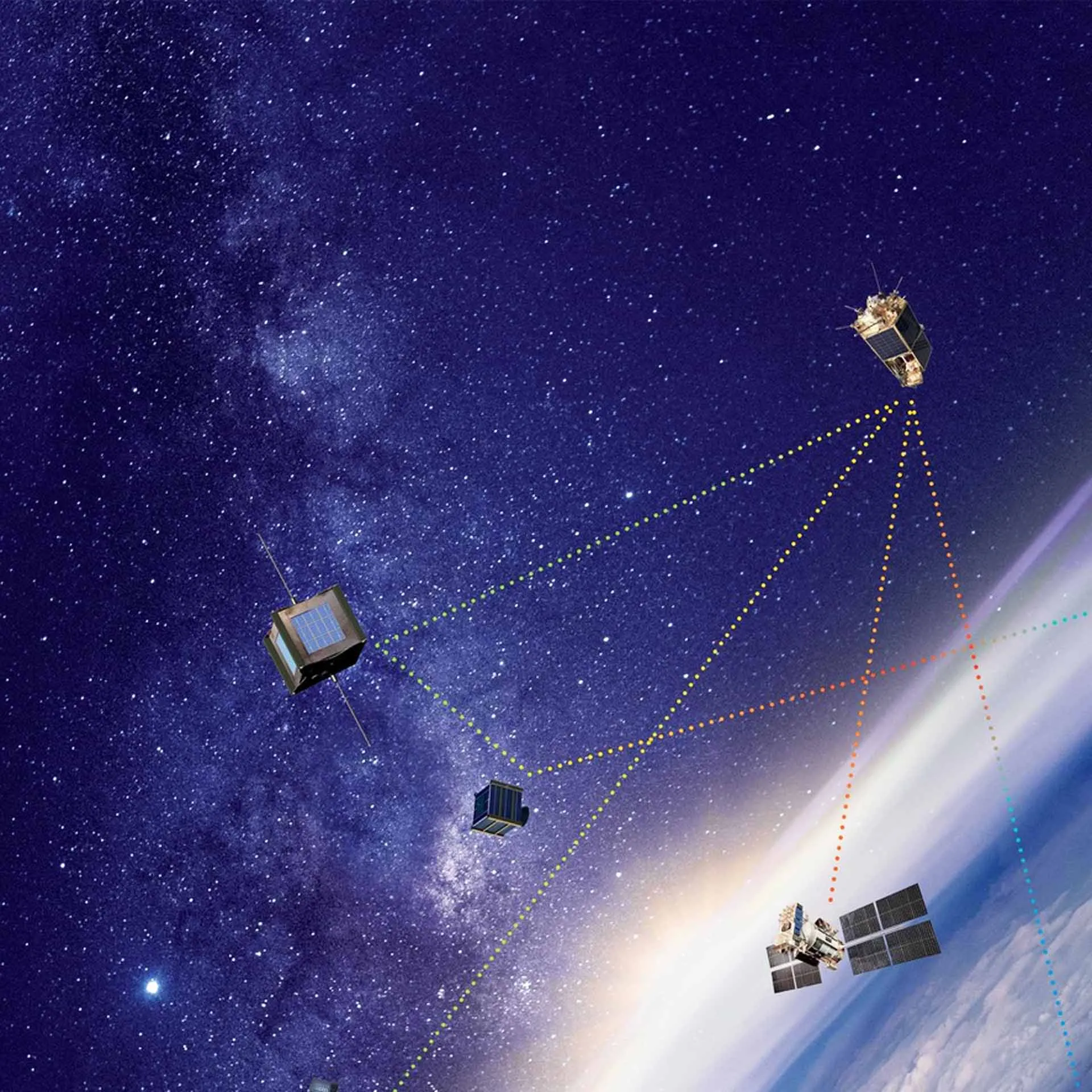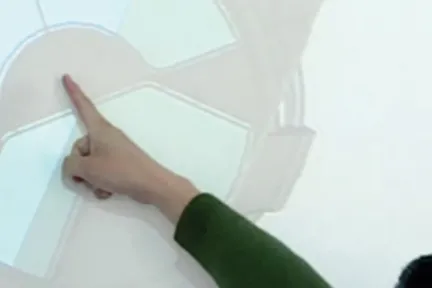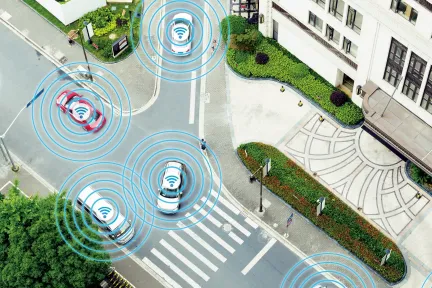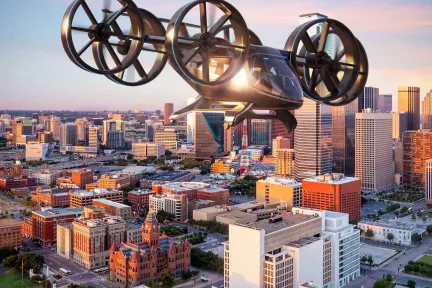The space industry has long remained a niche market, but is seeing an industrial renaissance similar to that of civil aviation, an industry in which Dassault Systèmes started, won its first customers and has undisputed credibility. In the space industry, as in aviation, product complexity must be managed over the long term: a satellite remains in orbit for around 15 years and cannot be brought back to Earth for modification.
As a result, it’s vital to define concepts in advance, and to be able to assess all design alternatives and then adjust the parameters of the initial brief. So we need to address the additional engineering requirements and adjust production systems at the same time. Since the satellite market is growing very rapidly, particularly for mega-constellations, we are moving from a cottage industry to mass production.
In 10 years’ time there will be 50,000 satellites in orbit, 10 times the figure today. Earth itself, and all the journeys taking place on it, along with all connected objects, will be constantly monitored. Space will complement 5G technology. An autonomous car will use 5G in town, but will need satellites in areas with no 5G coverage.
This is a major change that requires a new paradigm, and not just in the space industry. As well as the skills to develop and build a constellation of satellites, you now need to be able to model and simulate the behavior of an aircraft, car or boat within the ecosystem (a system of systems), particularly for communication purposes. You need to not only define the functional architecture of that system of systems, but also show that it works. Whether you’re talking about air traffic control, autonomous driving or urban mobility, fundamental changes are happening. Our technology, particularly that which based on CATIA Cybersystems, is up to the challenge.
David Ziegler, Vice President, Aerospace & Defense Industry, Dassault Systèmes
SIMULATION IS PROPELLING INNOVATION
Spacecraft, satellites and planetary exploration vehicles are complex systems in which there is no room for error. Since testing opportunities are limited, precise virtual simulations are needed to ensure that a product can do its job throughout its lifetime. To predict accurately how a system will respond, companies need to simulate interactions between various physical models using the principles of aerodynamics, electromagnetism and solid mechanics, combined with dynamic, thermo-structural, kinetic, noise, vibration and docking analyses. Dassault Systèmes brings this all together by integrating 3D modeling and SIMULIA multiphysics simulation on the 3DEXPERIENCE platform, allowing the collaborative development of advanced space systems.
Satellites currently in orbit around the Earth
Satellites expected to be launched in the next 10 years
Improving the life and capabilities of satellites
ThrustMe is once again going in an innovative direction compared to the rest of the space industry, and could be showing the way forward. Co-founded in France by Ane Aanesland – who obtained her doctoral degree in plasma physics from the Arctic University of Norway, the world’s most northerly university – this startup now employs around 20 people of 14 nationalities, of whom 30% are women. ThrustMe’s employees include specialists in diverse disciplines – from plasma physics and aerospace engineering to analog and digital electronics, chemistry, fluid dynamics – and they have solid simulation and experimentation skills, combining the two approaches in order to test prototype systems quickly in their laboratory. Particles in cell and fluid simulations, together with thermal, vibration and impact simulations, are carried out before and during experimental testing.
ThrustMe is a response to market demand for small satellites that can be organized into constellations ranging from the tens to the hundreds and even the thousands of units. The satellites, which have a low orbit just above 300 km (186 miles) above the Earth, last for only a few months before a natural decay. ThrustMe’s aim is to extend their lifespan by giving them propulsive drag compensation; or, for those that have higher orbits, to ensure that they de-orbit after the mission.
More sophisticated missions require significant orbital changes, phasing or inclination changes. For any of these maneuvers in space, propulsion is primordial. ThrustMe’s breakthrough innovations lay in the use of solid propellant for propulsion systems that classically use pressurized gases. It marries traditional space technologies with new, innovative solutions to address the market need for smaller, yet high-performing and safe, systems.
ANE AANESLAND AND DMYTRO RAFALSKYI
The co-founders of ThrustMe are now the company’s CEO and CTO, respectively. Both have doctoral degrees in plasma physics and have published many papers.




